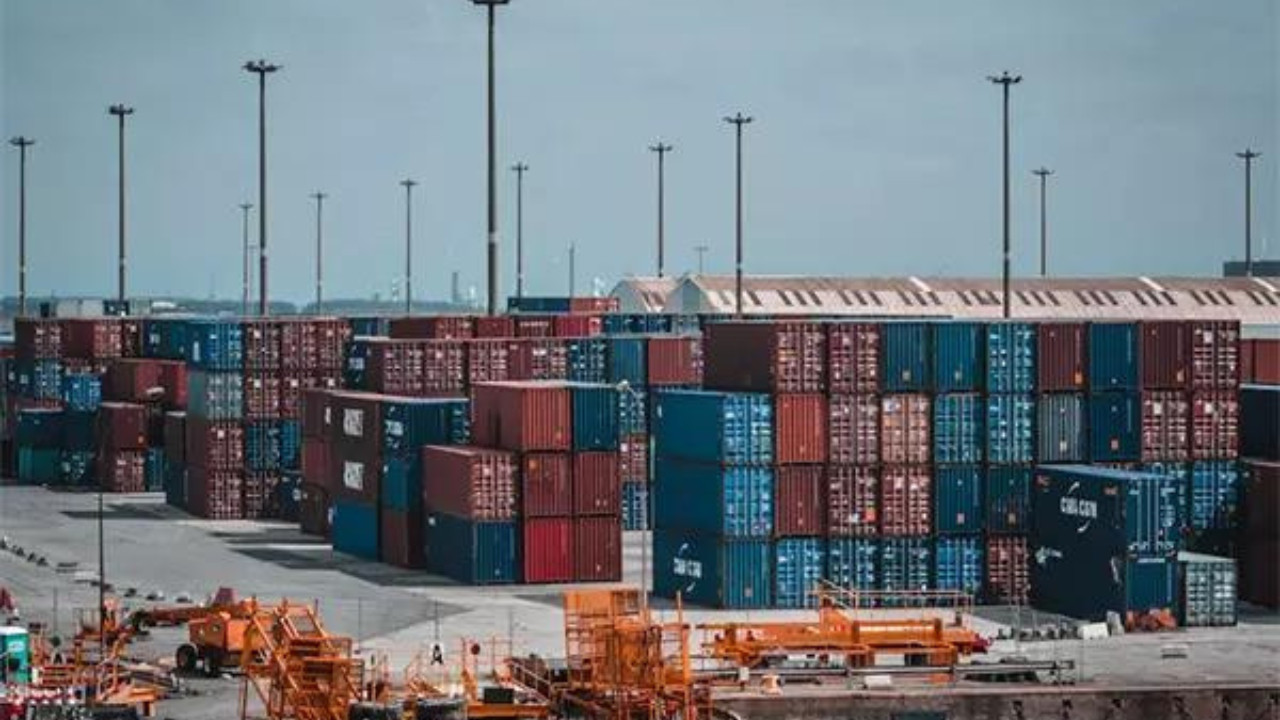Union Bank of India projects India’s current account deficit to nearly double to 1.2% of GDP in FY26, up from 0.6% in FY25, citing evolving trade dynamics and global commodity prices. A $10 per barrel change in crude prices could alter the annual current account balance by nearly $15 billion.
Navigating India’s Trade Winds: Is a Wider Current Account Deficit on the Horizon?
The Indian economy, a vibrant tapestry woven with threads of growth and global interaction, is facing a potentially significant shift in its trade dynamics. A recent report from Union Bank of India suggests that India’s current account deficit (CAD) could widen considerably, perhaps doubling to 1.2% of GDP by fiscal year 2026. What does this projection mean for the average Indian, for businesses, and for the overall economic landscape? Let’s dive in and unpack the key factors at play.
The Widening Gap: Understanding the Current Account Deficit
The current account is essentially a scorecard of a nation’s transactions with the rest of the world. It encompasses trade in goods and services, income from investments, and unilateral transfers (like remittances). A deficit means that a country is importing more goods, services, and capital than it’s exporting. While a small deficit isn’t necessarily alarming, a rapidly expanding one can raise eyebrows and signal potential vulnerabilities.
The Union Bank report points to a combination of factors driving this projected increase in India’s current account deficit. First, a projected slowdown in global trade could dampen export growth. The world economy is currently navigating a complex landscape of geopolitical tensions, inflationary pressures, and varying growth rates. These headwinds could impact India’s ability to sell its goods and services abroad.
Second, rising domestic demand, fueled by India’s continued economic expansion, is expected to drive up imports. As the Indian economy grows, businesses and consumers demand more raw materials, capital goods, and finished products from overseas. This increased import appetite could outpace export growth, further widening the CAD.
The Impact on the Rupee and Investment Flows
A widening CAD can exert downward pressure on the Indian rupee. When a country imports more than it exports, it needs to buy more foreign currency to pay for those imports. This increased demand for foreign currency can weaken the value of the rupee relative to other currencies, particularly the US dollar. A weaker rupee can make imports more expensive, potentially contributing to inflation.
Moreover, a large CAD can sometimes deter foreign investment. Investors may become concerned about a country’s ability to finance its external liabilities, leading to a decrease in capital inflows. This, in turn, can put further pressure on the rupee and potentially constrain economic growth. India’s robust growth story, however, generally inspires confidence in its ability to manage economic challenges.

Navigating the Challenges: Policy Options and Opportunities
So, what can be done to mitigate the potential risks associated with a widening current account deficit? The government and the Reserve Bank of India (RBI) have several tools at their disposal.
One crucial area is boosting export competitiveness. This involves streamlining regulations, reducing logistical bottlenecks, and providing incentives for exporters to diversify their products and markets. Investing in infrastructure, particularly in ports and transportation networks, is also essential to facilitate trade. Read more about infrastructure development in India.
Another important aspect is managing import demand. While India needs to import certain essential goods and raw materials, there is scope to promote domestic manufacturing and reduce reliance on imports in sectors where India has a competitive advantage. Initiatives like “Make in India” can play a significant role in this regard.
The RBI can also use monetary policy tools to manage the rupee’s exchange rate and maintain financial stability. This might involve intervening in the foreign exchange market or adjusting interest rates to attract capital inflows.
A Call for Vigilance, Not Alarm
While the Union Bank report’s projection of a widening current account deficit warrants attention, it’s important to view it within the broader context of India’s economic trajectory. India remains one of the fastest-growing major economies in the world, with a large and dynamic domestic market.
The key is for policymakers to remain vigilant, proactively address potential vulnerabilities, and capitalize on opportunities to enhance export competitiveness and attract foreign investment. By carefully navigating these trade winds, India can ensure that its economic growth remains sustainable and inclusive.







